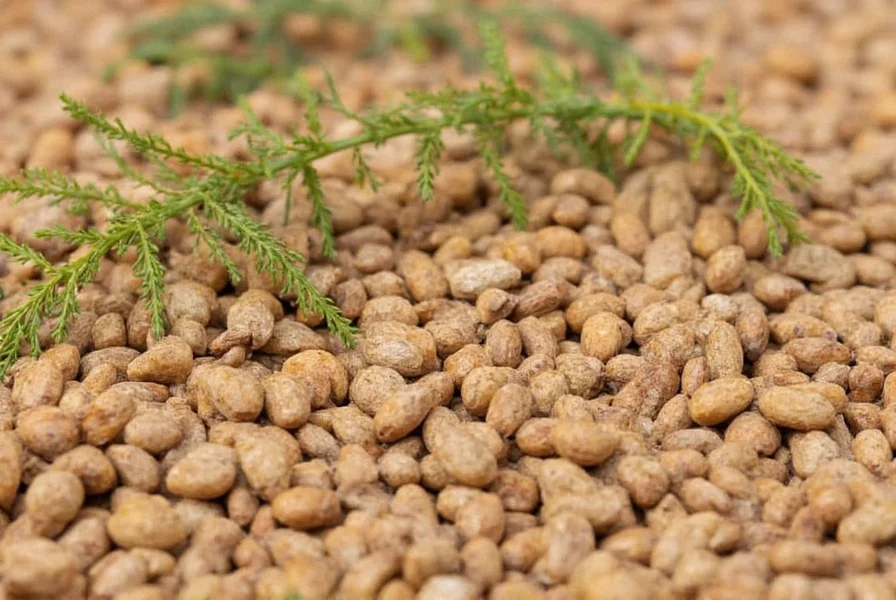Cumin is generally not considered safe for dogs. While small accidental ingestions may not cause immediate harm, intentional feeding of cumin to dogs is not recommended by veterinary professionals. This spice can cause digestive upset, and larger quantities may lead to more serious health complications including vomiting, diarrhea, and potential liver damage.
As a pet owner, discovering your dog has eaten something unusual can be alarming. When it comes to cumin—a common spice in many kitchens—understanding its effects on canine health is crucial for making informed decisions about your pet's diet and safety.
Understanding Cumin's Impact on Canine Health
Cumin (Cuminum cyminum) is a spice derived from the seeds of a flowering plant in the parsley family. While humans enjoy its distinctive flavor in various cuisines, dogs process spices differently due to their unique digestive systems and metabolic pathways.
According to veterinary toxicology research, cumin contains compounds that can irritate a dog's gastrointestinal tract. The ASPCA Animal Poison Control Center classifies cumin as a mild gastrointestinal irritant for dogs. Unlike some spices that are strictly toxic (like garlic or onion), cumin falls into a category of substances that are problematic primarily when consumed in significant quantities.
Recognizing Symptoms of Cumin Exposure in Dogs
If your dog has consumed cumin, watch for these potential symptoms:
| Symptom Severity | Common Symptoms | Timeframe After Ingestion |
|---|---|---|
| Mild | Occasional vomiting, mild diarrhea, temporary loss of appetite | 2-6 hours |
| Moderate | Frequent vomiting, persistent diarrhea, lethargy, abdominal pain | 6-12 hours |
| Severe | Blood in vomit or stool, dehydration, tremors, liver enzyme elevation | 12-24 hours |
How Much Cumin Is Dangerous for Dogs?
The toxic threshold varies based on your dog's size, age, and overall health. Veterinary experts suggest:
- Small dogs (under 20 lbs): As little as 1 teaspoon of cumin may cause symptoms
- Medium dogs (20-50 lbs): 1-2 tablespoons could trigger adverse reactions
- Large dogs (over 50 lbs): 2-3 tablespoons may cause problems
It's important to note that repeated small exposures can also be problematic. Some dogs develop sensitivities over time, making previously tolerated amounts suddenly problematic.
What to Do If Your Dog Eats Cumin
If you discover your dog has consumed cumin, follow these evidence-based steps:
- Assess the situation: Determine approximately how much cumin was consumed and when
- Check for immediate danger: If your dog is showing severe symptoms like difficulty breathing or collapse, seek emergency veterinary care immediately
- Contact your veterinarian: Provide details about your dog's size, the amount consumed, and any symptoms
- Monitor closely: Keep your dog calm and observe for developing symptoms over the next 24 hours
- Hydration is key: Offer small amounts of water frequently to prevent dehydration from vomiting or diarrhea
Never induce vomiting unless specifically instructed by a veterinary professional, as this could cause additional complications.
Safe Flavor Alternatives for Dogs
If you're looking to add flavor to your dog's food, consider these veterinarian-approved alternatives:
- Parsley: Fresh, chopped parsley can freshen breath and provides vitamins
- Basil: Contains antioxidants and is generally well-tolerated in small amounts
- Cinnamon: In very small quantities (1/8 teaspoon for medium dogs), may have health benefits
- Turmeric: When properly formulated with black pepper and healthy fats, may offer anti-inflammatory benefits (consult your vet first)
Always introduce new foods gradually and in small quantities to monitor your dog's reaction. When considering is cumin powder safe for dogs compared to other spices, remember that dogs don't require added spices in their diet—what seems flavorful to us might be irritating to them.
When to Consult a Veterinarian About Spice Ingestion
While mild reactions to small amounts of cumin may resolve with supportive care at home, certain situations require professional veterinary attention:
- Symptoms persist longer than 12-24 hours
- Signs of dehydration (dry gums, sunken eyes, decreased skin elasticity)
- Blood in vomit or stool
- Extreme lethargy or weakness
- Pre-existing health conditions like liver disease or inflammatory bowel disease
When discussing what happens if my dog eats cumin with your veterinarian, be prepared to share details about the amount consumed, your dog's weight, and the timeline of symptoms. This information helps them determine the appropriate course of action.
Preventing Future Spice-Related Incidents
Protecting your dog from accidental spice ingestion involves several practical steps:
- Store spices securely in closed cabinets out of your dog's reach
- Clean countertops thoroughly after cooking to remove spice residues
- Be cautious when eating spiced foods around your dog
- Avoid sharing human food that contains spices
- Train your dog with a reliable "leave it" command
Remember that can dogs eat cumin seeds is part of a broader question about which human foods are appropriate for canine consumption. When in doubt about safe spices for dogs, consult your veterinarian before introducing anything new to your dog's diet.











 浙公网安备
33010002000092号
浙公网安备
33010002000092号 浙B2-20120091-4
浙B2-20120091-4